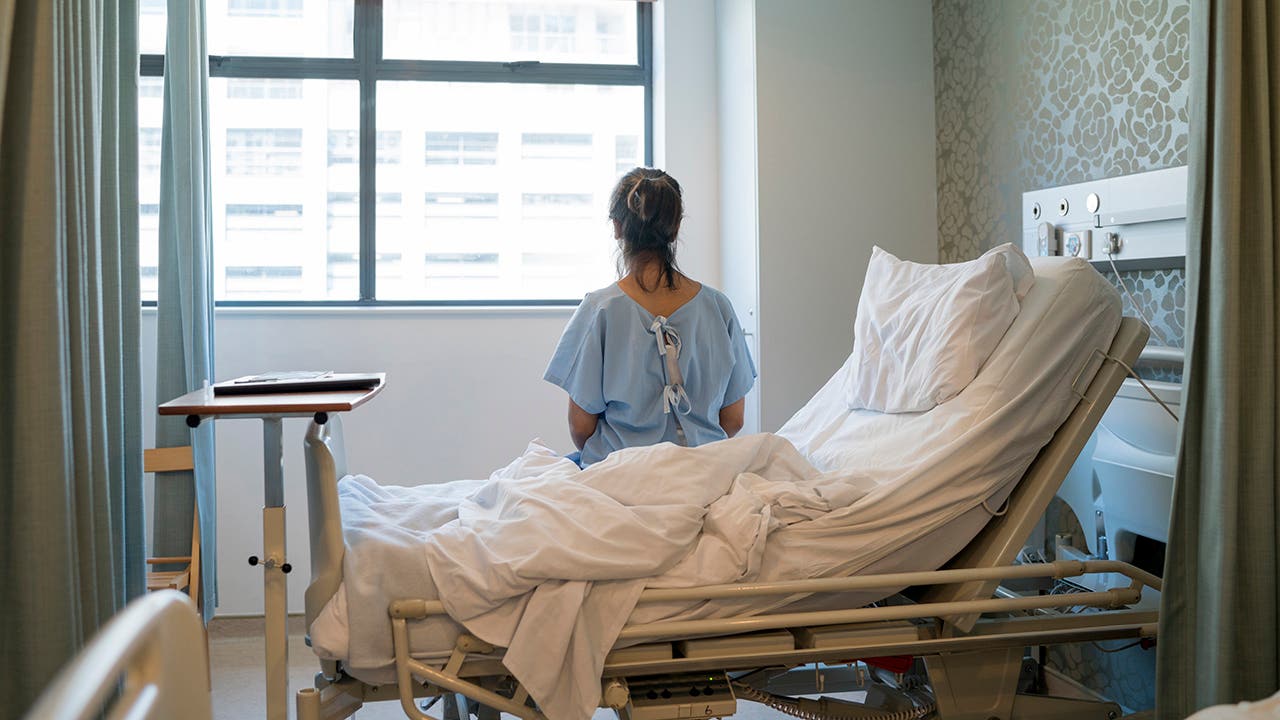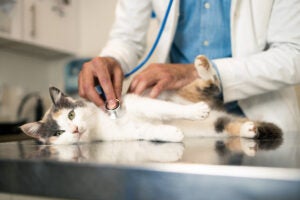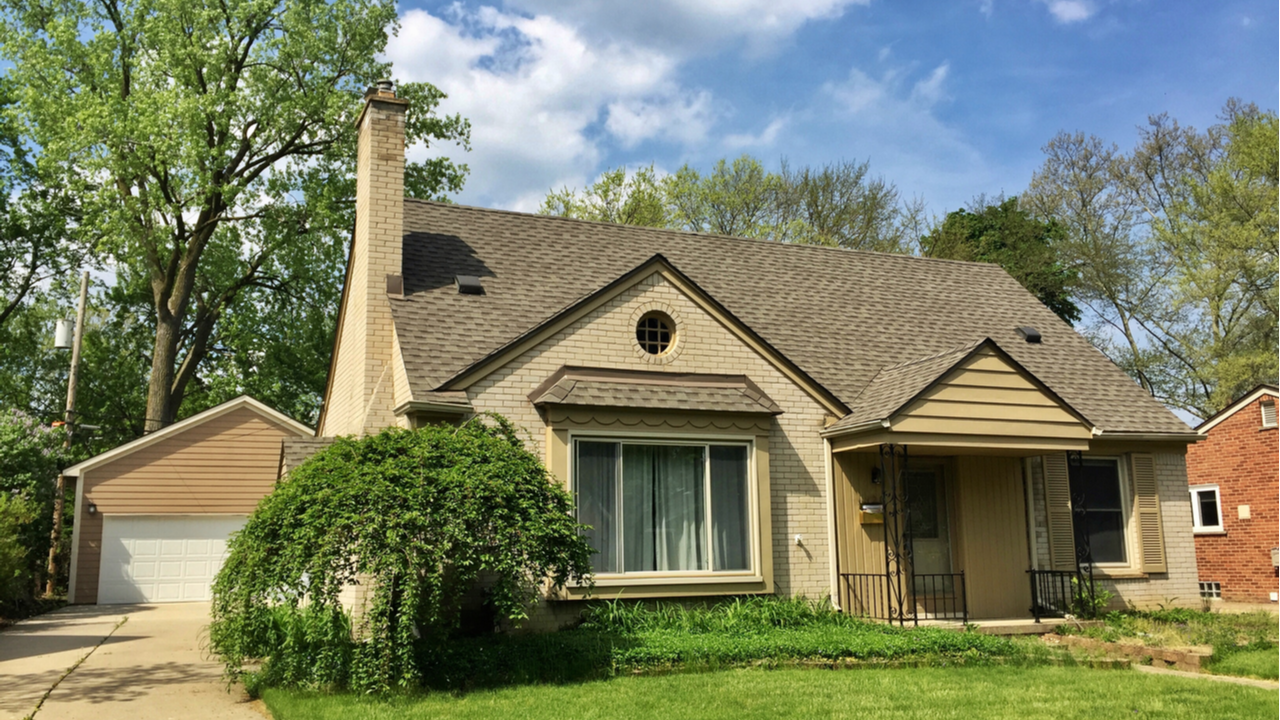Average cost of breast cancer treatment

Breast cancer statistics are alarming. The Centers for Disease Control and Prevention reports about 264,000 cases in women and about 2,400 in men every year, causing an annual 42,000 deaths in women and 500 in men.
And breast cancer can be alarmingly expensive, too.
In a 2020 study, the American Association for Cancer Research found 47 percent of young women with breast cancer experienced money issues, as a result of their care. Not surprising, since the average cost of treatment in that same year ranged from $20,000 to $100,000.
If you’ve been diagnosed, it’s a good idea to plan ahead for the financial strain it can cause. The last thing you want to do is make financial decisions that negatively affect your health, as too many do. A 2021 Cancer Action Network study found 24 percent of people with cancer delayed or didn’t fill a prescription because of the cost, and 11 percent cut pills in half or skipped doses.
So how much does cancer treatment cost? Here’s what may be ahead, and how you can mitigate some of the expense.
The average cost of breast cancer treatment
The cost of breast cancer treatment varies based on a number of factors. Chief among them is whether or not you have health insurance. Without insurance, your total costs may be $10,000 to $200,000, but if you’re insured, your portion can be 10 to 15 percent of it, according to CostHelper.com.
What stage your cancer is in is another primary factor in the cost.
| Stage of breast cancer | Average cost within the first year of treatment |
|---|---|
| Source: National Library of Medicine study | |
| Stage 0 | $60,637 |
| Stage 1/11 | $82,121 |
| Stage 111 | $129,387 |
| Stage 1V | $134,682 |
| Average cost for all stages | $85,772 |
Early intervention is not only best for your physical health, it’s better for your finances as well. After a lump is detected it may start with breast biopsy costs, but it certainly doesn’t end there.
So what’s in store? Here are the most common breast cancer treatments and their average costs:
- Chemotherapy. $12,618 – $17,564
- Lynparza – $13,886 per month
- Herceptin – $4,500 per month
- Lumpectomy – $3,750 to $9,722
- Mastectomy – $13,000
- Breast reconstruction – $5,000 to $15,000 per breast
- Hormone replacement therapy – $10 to $85 per month
Clearly, all of these breast cancer treatments can add up. Handling them on your own is prohibitive for all but the very wealthy. Having good health insurance certainly helps, but no insurance plan covers all the related costs. So it’s important to find out what is covered.
Depending on your plan, you may be financially responsible for between 10 percent and 30 percent of the total medical costs, reported BreastCancer.org. Check your plan’s copays and deductibles, as well as what medications and procedures are covered.
Indirect expenses
Initial and basic medical care are only part of the costs many breast cancer patients face. There are a whole host of others, and these expenses can also add up quickly. For example:
- Physical therapy. You may need sessions with a physical therapist to recover from pain and improve range of motion. If you’re insured and have met your deductible, the average out-of-pocket cost per session is $20 to $60. Without insurance, the average cost is $50 to $155.
- Mental health treatment. Getting mental health care is often important. Many cancer patients experience depression, anxiety, insomnia and difficulty eating. In-person therapy generally ranges from $65 per hour to $250, though tele-health therapy sessions can be more affordable.
- Acupuncture. Many breast cancer patients report joint pain when they’re taking medication. Acupuncture has been shown to alleviate it. If you would like to try this method, the average cost per session is $112 for the first visits then $80 for follow-ups, though some insurance plans will cover the cost for cancer patients.
- Wig for hair loss. If the chemotherapy is causing hair loss, you may want a wig. Health insurance plans typically cover part or all of the cost, but you may also get one for free from the American Cancer Society. If you were to buy a wig without financial assistance, the average price starts at $30 for synthetic hair to many thousands for human hair.
- Travel/parking costs. Depending on your situation you may need to travel long distances, stay in hotels, or take cabs and car share services. Even parking at designated cancer treatment centers can add up.
- Follow-up mammograms. Most insurance plans offer 100 percent coverage for approved mammogram costs. If you don’t have insurance you can expect to pay somewhere between $100 to $250.
In addition to all of these costs, you may also have to consider time spent not working, or have to leave your job altogether. In that case you may be eligible for Social Security Disability Insurance.In most cases it will be less than what you’re accustomed to, however.
After finishing your treatment, you may continue to have extra expenses related to having breast cancer. You may need more doctors appointments, different tests, and continued mental health care. Because each person’s situation is unique it is difficult to estimate what it might be for you, but try to project, then build your budget around it.
How to save on cancer care where you can
Even with good health insurance, managing all of the associated costs of breast cancer can be overwhelming. Because of this you will want to save in ways that will not hurt your care but will lower expenses.
If you don’t have health insurance, HealthCare.gov can help. Everyone is eligible through the Marketplace, and you may even qualify for subsidies to help pay your premiums.
Make sure you know what is and isn’t covered by your health insurance company, in order to avoid unnecessary surprises. Connect with your healthcare provider’s oncology financial counselor, too, and explain your economic position. You can discuss billing concerns with your counselor, and set up a payment plan if needed.
Always communicate with your doctor about ways you can save money on prescriptions. Generic versions can be a small fraction of the brand name’s drug. Ask for free samples of your medications, and look for coupons for the drugs you need, from reputable companies like GoodRX.
In some cases, a credit card can also help cover medical expenses. If you can manage the payments, a credit card that does not charge interest for a long period of time might be useful. With a 0 percent APR credit card, you can pay off your medical costs over a year or even longer with no financing fees during that time. Here are some of the best credit cards for medical expenses.
Don’t be reluctant to reach out for peer and professional assistance. Contact the Susan G. Komen Breast Care Helpline to find a support group. When you connect with people who are going through what you are going though, ask how they managed their financial affairs. Other large national organizations to connect with are CancerCare and the American Cancer Society.
The bottom line
A breast cancer diagnosis is scary. As you go through your treatments and concentrate on recovery, you will be dealing with medical bills and expenses that you never had to pay before. They can accumulate quickly, and turn into debt that can cause even more stress. Remain in contact with your doctor and hospital so they are aware of your financial situation, which can prevent bills from going into collections, and use all of the resources that are available to you. When you have a decent idea of the potential costs, you can take steps to prepare so they don’t come as too much of a shock.
You may also like


Average cost of starting a small business

Life insurance for breast cancer survivors



